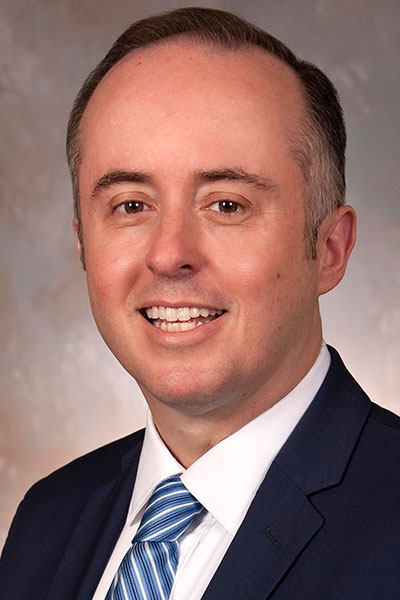The smallest signifiers of disease have a big impact in the careers of pulmonary physicians, from one certification cycle to the next and every day of clinical practice in between.
Common lung tumors, infections, and diffuse lung diseases will get their moment under the microscope during the session, Lung Pathology Review for Board Exams AND for Daily Practice, on Tuesday, from 7:15 am to 8:15 am, in Room 312 of the convention center. Using rapid-fire case studies, experts will ask the audience to weigh in on the kinds of diagnostic imagery that they might encounter in both educational and clinical settings.

“Boards exam question writers like to incorporate such images as it minimizes disputes—the answer is clearly right or wrong. But familiarity helps us help our patients in daily practice, when reading pathology reports or discussing findings at tumor boards or with other colleagues,” said Session Chair, William Kelly, MD, FCCP, Professor at Uniformed Services University of the Health Sciences and Pulmonary Physician at Walter Reed National Military Medical Center.
Participants in this interactive session can expect to see all core pulmonary categories introduced in one-liner presentations and chest images, followed by an in-depth pathology review, Dr. Kelly said.
Expert pathologist, Yasmeen Butt, MD, of the Mayo Clinic, will guide the audience through each specimen’s key characteristics, compare and contrast it with other items on the clinical differential diagnosis, and share high-yield clinical correlations and mnemonics.
By the end, attendees should be able to recognize the histologic patterns of diffuse lung diseases, identify pathogens responsible for serious pulmonary infections, and distinguish between common lung tumors by histology and immunostaining.
“It’s a lot of fun working through the cases together,” Dr. Kelly said, “and all who attend leave with a digital bundle of bonus materials, including articles and high-quality images, to quiz themselves again later.”
Join us at CHEST 2025
Save the date for the next Annual Meeting, October 19 to 22, 2025, in Chicago. CHEST 2025 will explore the latest advancements in pulmonary, critical care, and sleep medicine, with a focus on innovation and the future, just as the city itself embodies progress and reinvention.





